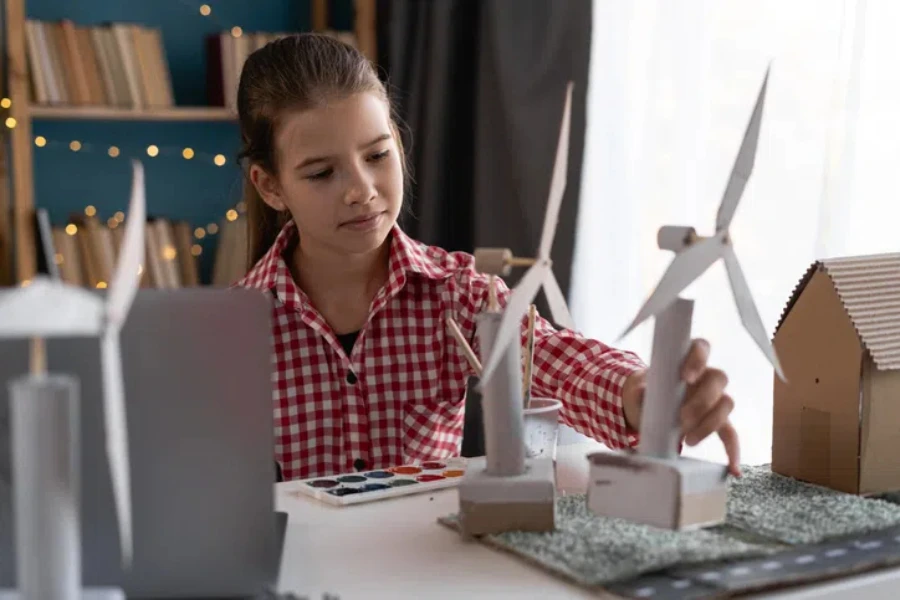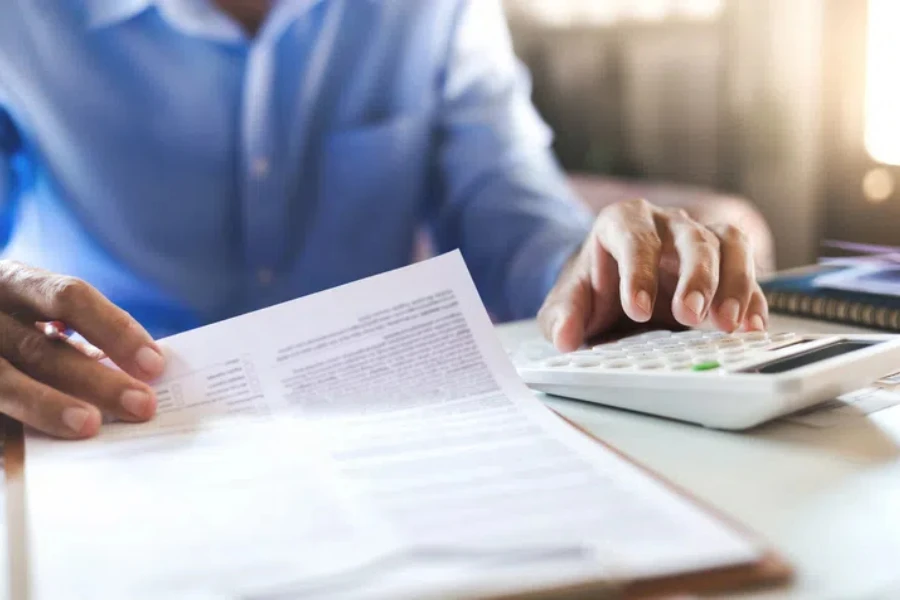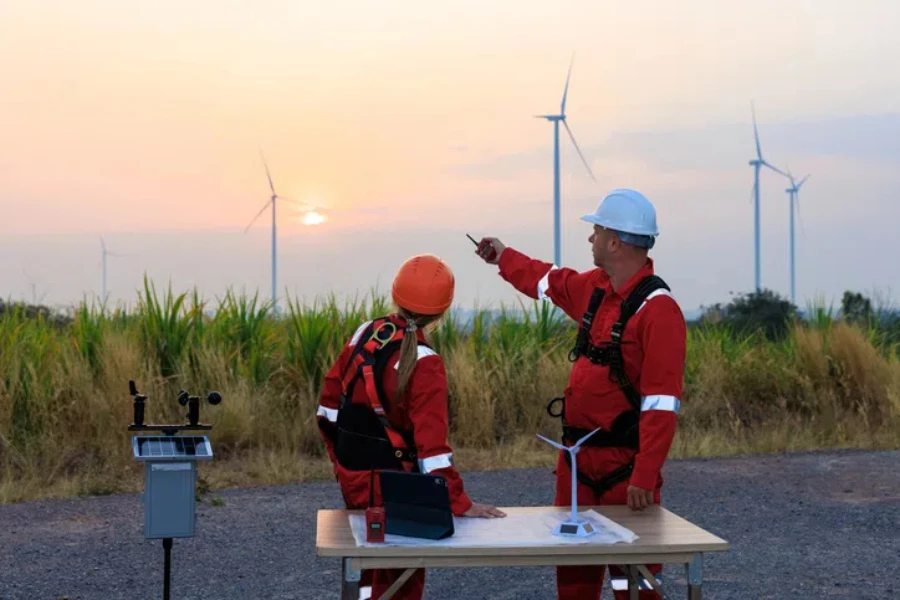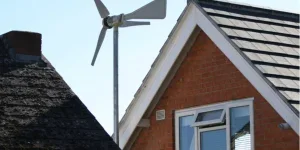The concept of harnessing wind energy using a wind turbine for home use is gaining traction among homeowners seeking sustainable and cost-effective energy solutions. Transitioning to wind power not only contributes to a greener planet but also offers the promise of reducing utility bills in the long run. This article delves into the essentials of adopting wind turbines for residential use, covering the aspects most homeowners are curious about.
Table of Contents:
– Understanding the basics of wind turbines for home
– Assessing the costs and benefits
– Navigating the installation process
– Maintenance tips for your wind turbine
– Environmental impact and sustainability
Understanding the basics of wind turbines for home

Wind turbines convert the wind’s kinetic energy into electrical power. Residential wind turbines come in various sizes and designs, tailored to fit different energy needs and property sizes. The key components include the rotor blades, shaft, and generator. When wind moves the blades, it spins the shaft, which in turn activates the generator to produce electricity.
For a home system, the turbine is typically mounted on a tower to capture the most wind. The height of the tower and the local wind speed are crucial factors in determining the system’s efficiency. It’s essential to conduct a thorough site assessment to ensure your location is suitable for a wind turbine, considering factors like average wind speed and potential obstructions.
Choosing the right size turbine is critical. The capacity of residential turbines can range from a few hundred watts to several kilowatts. Understanding your household’s average energy consumption will guide you in selecting a turbine that meets your energy needs.
Assessing the costs and benefits

Investing in a wind turbine for home use is a significant decision that requires a clear understanding of the costs involved and the potential savings. The initial investment includes the cost of the turbine, tower, installation, and any necessary permits or inspections. While the upfront cost can be substantial, many regions offer incentives, tax credits, or rebates to offset some of these expenses.
The benefits of a home wind turbine extend beyond financial savings. By generating your own electricity, you can reduce your dependence on the grid, providing a measure of energy security. Additionally, in some areas, you may be able to sell excess power back to the utility company, further enhancing the economic appeal of wind power.
However, it’s important to have realistic expectations regarding return on investment (ROI). The payback period depends on various factors, including the cost of the system, local wind speeds, and electricity rates. A detailed analysis can help you understand the long-term benefits and potential savings.
Navigating the installation process

The installation of a wind turbine is a complex process that requires careful planning and professional expertise. The first step is obtaining the necessary permits and approvals from local authorities, which may involve zoning regulations and environmental assessments.
Selecting a reputable installer is crucial. Look for certified professionals with experience in residential wind turbine installations. They can guide you through the process, from site assessment to system design and installation. A well-planned installation ensures optimal performance and compliance with local codes and regulations.
The installation process typically involves preparing the site, erecting the tower, mounting the turbine, and connecting the system to your home’s electrical grid. It’s also essential to consider safety measures, such as lightning protection and emergency shutdown systems.
Maintenance tips for your wind turbine

Regular maintenance is key to ensuring the longevity and efficiency of your wind turbine. While modern turbines are designed to be low-maintenance, periodic inspections and upkeep are necessary to prevent potential issues.
Basic maintenance tasks include checking for and tightening any loose bolts, lubricating moving parts, and inspecting the blades for wear or damage. It’s also important to monitor the system’s electrical components and connections for signs of corrosion or wear.
Many homeowners choose to enter into a maintenance agreement with their installer or a specialized service provider. These agreements can provide peace of mind, with professionals handling the routine maintenance and any necessary repairs.
Environmental impact and sustainability

Adopting wind energy for home use has a positive impact on the environment by reducing reliance on fossil fuels and lowering greenhouse gas emissions. Wind is a clean, renewable resource that can play a crucial role in the transition to a more sustainable energy future.
In addition to environmental benefits, wind turbines can enhance energy resilience and contribute to a diversified energy portfolio. By investing in wind power, homeowners can take an active role in combating climate change and promoting ecological sustainability.
Conclusion:
Incorporating a wind turbine into your home’s energy system is a forward-thinking choice that offers environmental, economic, and energy security benefits. While the journey involves a significant upfront investment and careful planning, the potential rewards include reduced energy costs, increased self-sufficiency, and a smaller carbon footprint. As the world moves towards cleaner energy sources, wind turbines for home use represent a viable and impactful option for those looking to make a difference.




